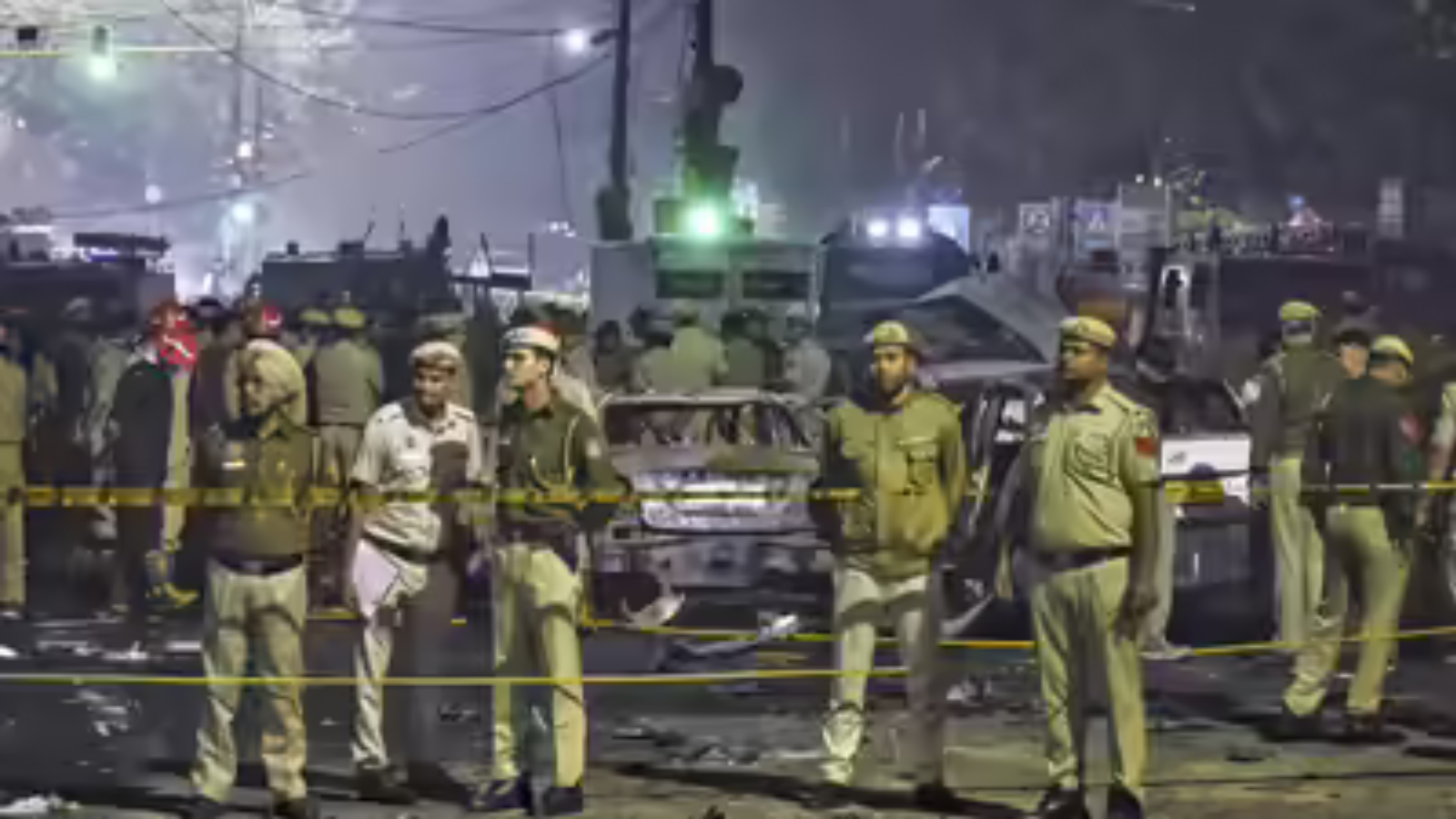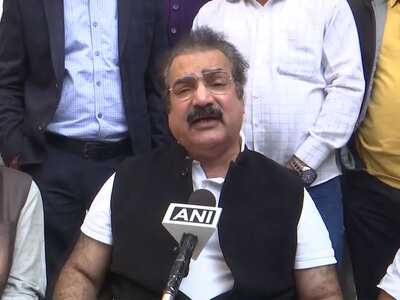Red Fort Blast Investigation Expands To Telegram & Signal Networks
Delhi Police and the National Investigation Agency (NIA) are digging deeper into the Red Fort blast case, tracing encrypted conversations on Telegram and Signal that may hold crucial links to the conspiracy. The investigation has turned toward two closed user groups created in 2021, allegedly comprising medical professionals who communicated behind layers of digital secrecy.
According to investigators, at least seven members from these encrypted groups are now under police scrutiny, though their direct role in the blast operation remains unclear. The police teams are tracking them across Uttar Pradesh, Bihar, Uttarakhand and Jammu & Kashmir, as part of the ongoing Red Fort blast investigation.
A senior officer revealed that the groups were “tightly controlled spaces with restricted membership and guarded conversations”. The Telegram group was formed a year after the northeast Delhi riots, raising questions on whether rising polarisation brought the group together.
Another investigator noted that many members used code names and pseudonyms, making identification difficult. While police have traced digital footprints from Telegram, they are still waiting for data from Signal to verify real identities and establish concrete links. The suspects are also believed to be connected to Nabi, a doctor from Jammu & Kashmir, though police confirmed that none of the seven suspects are linked to Al-Falah University.
As the probe deepens, forensic digital analysis and cross-state tracking remain critical to uncovering whether these encrypted circles were merely discussion platforms or active Red Fort blast conspiracy hubs.

You may also like
 Pratap Singh Khachariyawas slams Rajasthan Minister Jawahar Singh Bhaidham over anti-conversion law
Pratap Singh Khachariyawas slams Rajasthan Minister Jawahar Singh Bhaidham over anti-conversion law- AI projected to drive 20 pc of India's IT and tech companies' revenues by 2030
- West Bengal Police arrest four persons from Gujarat in multiple fraud cases
 World Fisheries Day: India highlights sustainability, livelihoods, Blue Economy growth
World Fisheries Day: India highlights sustainability, livelihoods, Blue Economy growth- Raffles Jaipur Welcomes the Festive Season with its Annual Cake Mixing Ceremony
According to investigators, at least seven members from these encrypted groups are now under police scrutiny, though their direct role in the blast operation remains unclear. The police teams are tracking them across Uttar Pradesh, Bihar, Uttarakhand and Jammu & Kashmir, as part of the ongoing Red Fort blast investigation.
A senior officer revealed that the groups were “tightly controlled spaces with restricted membership and guarded conversations”. The Telegram group was formed a year after the northeast Delhi riots, raising questions on whether rising polarisation brought the group together.
Another investigator noted that many members used code names and pseudonyms, making identification difficult. While police have traced digital footprints from Telegram, they are still waiting for data from Signal to verify real identities and establish concrete links. The suspects are also believed to be connected to Nabi, a doctor from Jammu & Kashmir, though police confirmed that none of the seven suspects are linked to Al-Falah University.
As the probe deepens, forensic digital analysis and cross-state tracking remain critical to uncovering whether these encrypted circles were merely discussion platforms or active Red Fort blast conspiracy hubs.









